[Hover on a thumbnail to see the caption; Click on a thumbnail for a larger picture]
Photos from Williams MN on 2003jun14:
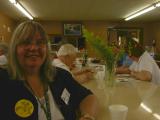

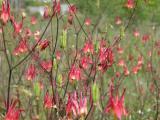
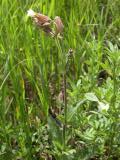

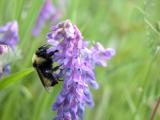
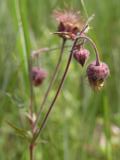

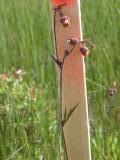
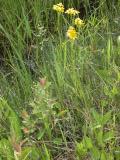




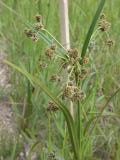
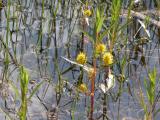
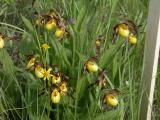
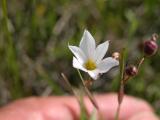

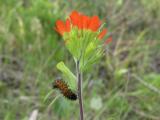
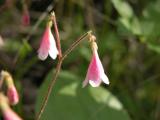
Photos from BlueberryHill MN on 2003jun14:
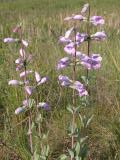
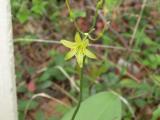
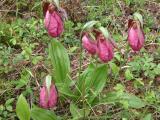
Photos from BuffaloPoint on 2003jun14:
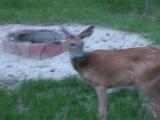
Note to myself: when Brightening with Gimp, get better results from the "Hue-Saturation" menu, than from the "Contrast-Brightness" menu. I may devise my own algorithm, trying to better imitate what happens in a camera. (Did some experiments, with results in /pix/er03jun/BRIGHTNESS.htm on my computer.)
2004-Jan: the "Curves" tool is so much better than either of those other two, that I'm forgetting about them; it requires a wee bit of learning, by experimenting, but it is the answer for brightening or darkening, as well as for increasing or decreasing contrast, and I no longer feel any need to devise my own methods.